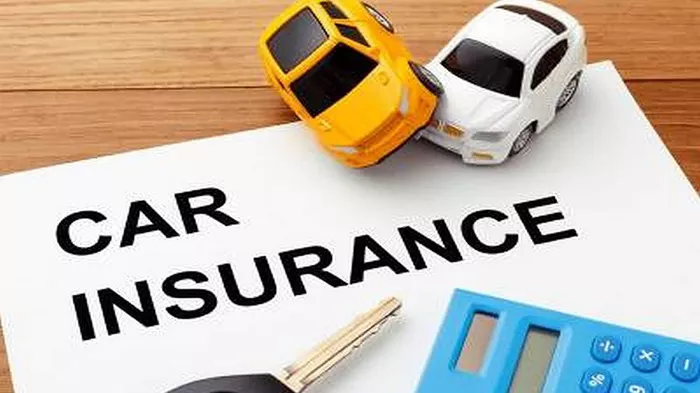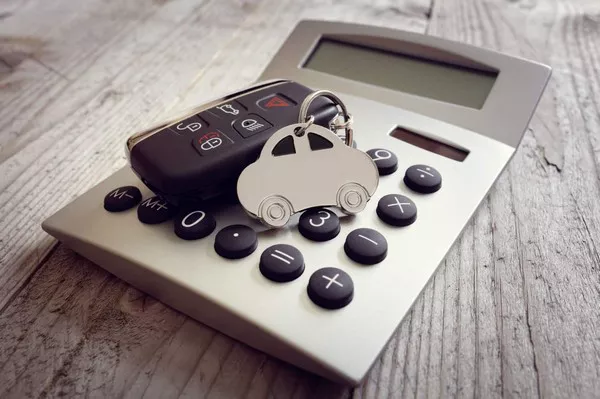Navigating the world of car insurance can be daunting, especially when it comes to understanding the intricacies of filing a claim. Whether you’re involved in a minor fender-bender or a major collision, knowing what steps to take can make a significant difference in how smoothly your claim is processed. This article aims to provide a comprehensive guide on what to do when making a car insurance claim, from the immediate actions you should take following an accident to the final steps of receiving your settlement.
Immediate Steps After an Accident
1. Ensure Safety First
Your safety and the safety of others involved is the top priority. Move to a safe location if possible and check for injuries. Call emergency services if necessary.
2. Document the Scene
Take photographs of the scene, including vehicle damage, license plates, and any relevant road conditions or signage. Gather contact information from other parties involved and any witnesses.
3. Contact the Police
In many cases, it is essential to file a police report. This document will be valuable for your insurance claim, providing an official account of the accident.
Notify Your Insurance Company
1. Report the Incident Promptly
Contact your insurance company as soon as possible to report the accident. Most insurers have a 24/7 claims hotline. Provide them with all the necessary details about the accident, including the police report number, if applicable.
2. Provide Accurate Information
Be honest and thorough when describing the accident to your insurance company. Inaccurate or incomplete information can delay the claims process or even result in a denial.
Understanding Your Coverage
1. Review Your Policy
Before making a claim, review your insurance policy to understand what is covered. Familiarize yourself with terms like “deductible,” “liability coverage,” “collision coverage,” and “comprehensive coverage.”
2. Know Your Deductible
Your deductible is the amount you will pay out of pocket before your insurance coverage kicks in. Ensure you understand how this affects your claim.
Working with the Claims Adjuster
1. Initial Contact
Once your claim is filed, an insurance claims adjuster will contact you to discuss the details of the accident. They will investigate the claim and assess the damage to your vehicle.
2. Provide Documentation
Submit all required documentation to the claims adjuster, including photos of the accident scene, the police report, and any medical reports if there were injuries.
3. Vehicle Inspection
The adjuster may schedule an inspection of your vehicle to assess the damage. They will determine the cost of repairs or if the vehicle is a total loss.
Repairing Your Vehicle
1. Choosing a Repair Shop
You may have the option to choose your own repair shop or use one recommended by your insurance company. Verify that the shop is reputable and can provide the necessary repairs.
2. Authorization for Repairs
Your insurance company may need to authorize the repairs before the work begins. Ensure you have this authorization to avoid any out-of-pocket expenses that may not be covered.
see also: The 8 Key Types of Car Insurance
Settlement and Payment
1. Reviewing the Settlement Offer
Once the claims adjuster has completed their assessment, they will provide a settlement offer. Review this offer carefully and ensure it covers all necessary repairs and expenses.
2. Receiving Payment
If you agree with the settlement offer, the insurance company will process the payment. This payment may go directly to the repair shop, or you may receive it to pay for repairs yourself.
Disputing a Claim Denial or Low Settlement
1. Understand the Reason for Denial
If your claim is denied or the settlement is lower than expected, ask your insurance company for a detailed explanation. Understanding the reason can help you address any issues.
2. Gather Additional Evidence
Provide any additional evidence or documentation that supports your claim. This may include additional photos, witness statements, or expert opinions on the damage.
3. File an Appeal
Most insurance companies have an appeal process for disputed claims. Follow their guidelines to file an appeal and present your case.
Preventing Future Claims
1. Safe Driving Practices
Practice safe driving habits to reduce the risk of future accidents. Follow traffic laws, avoid distractions, and maintain a safe distance from other vehicles.
2. Regular Vehicle Maintenance
Keep your vehicle in good condition with regular maintenance. Check your brakes, tires, and other critical systems to ensure they are functioning properly.
3. Reviewing Your Insurance Coverage
Periodically review your insurance coverage to ensure it meets your needs. Update your policy as necessary to reflect changes in your vehicle or driving habits.
FAQs
1. What Should I Do Immediately After an Accident?
Ensure your safety, document the scene, contact the police, and notify your insurance company promptly.
2. How Do I Choose a Repair Shop?
You can choose your own repair shop or use one recommended by your insurance company. Ensure the shop is reputable and capable of making the necessary repairs.
3. What If My Claim Is Denied?
Understand the reason for denial, gather additional evidence, and file an appeal with your insurance company.
4. How Can I Prevent Future Claims?
Practice safe driving, maintain your vehicle regularly, and review your insurance coverage periodically.
5. What Is a Deductible?
A deductible is the amount you pay out of pocket before your insurance coverage kicks in. Understanding your deductible is crucial when filing a claim.
Conclusion
Making a car insurance claim can be a complex process, but understanding the steps involved can make it smoother and more manageable. By following the guidelines in this article, you can ensure that you handle your claim efficiently and effectively, from the immediate actions after an accident to working with your insurance company and repairing your vehicle. Remember, staying informed and prepared is the best way to navigate the car insurance claims process successfully.





















